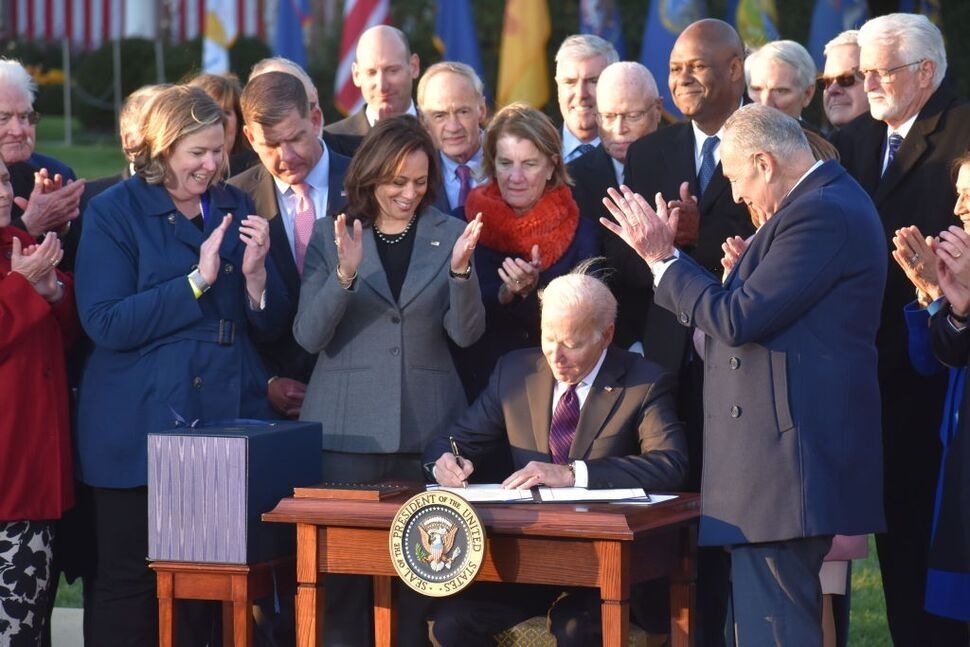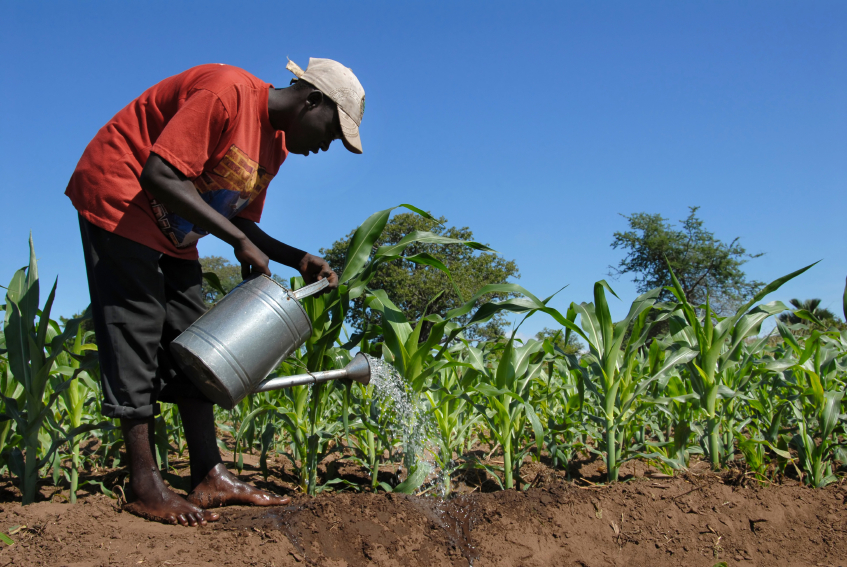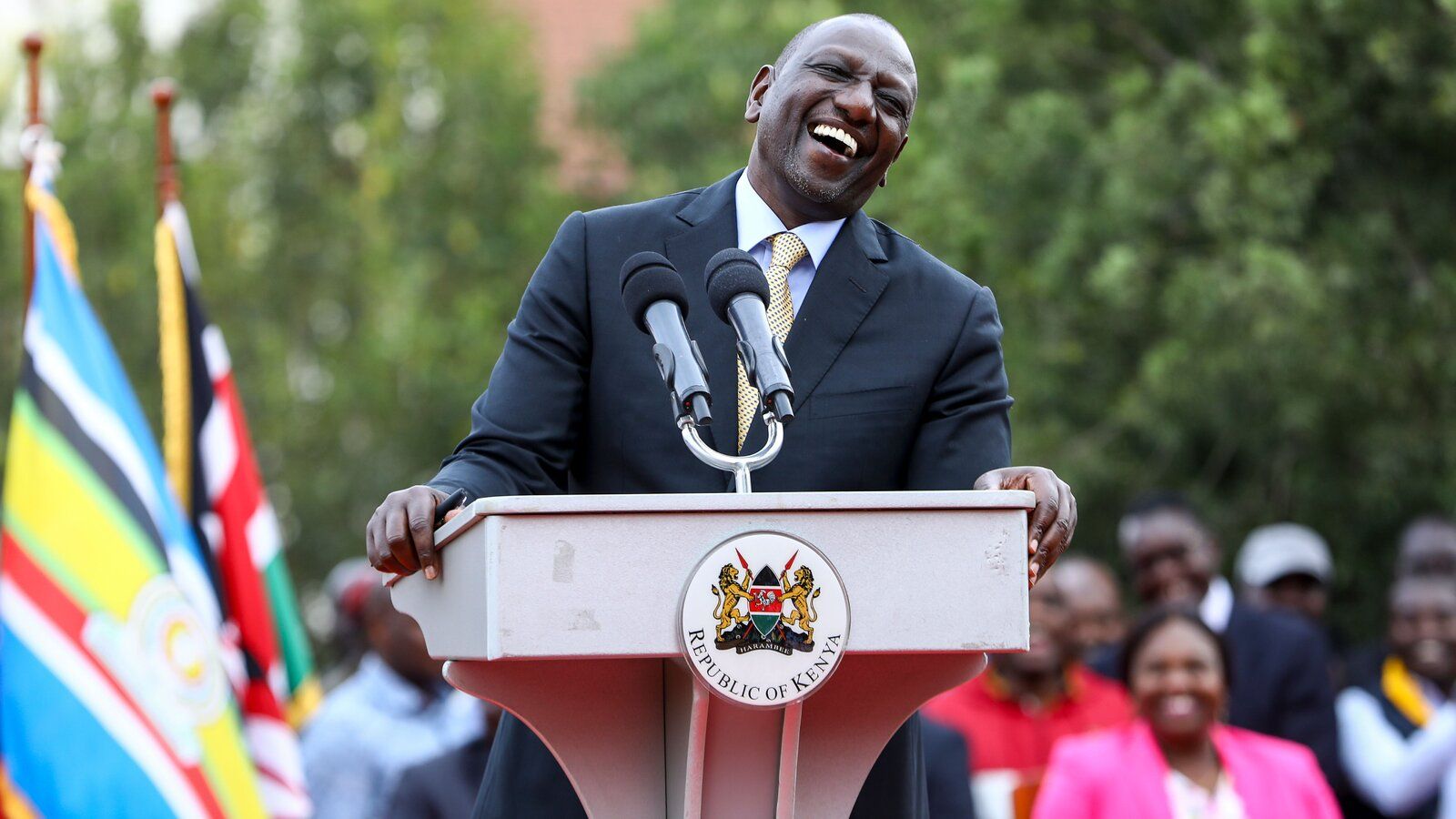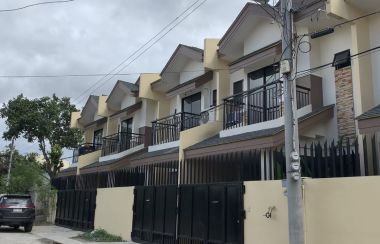The States Benefiting the Most From the Infrastructure Deal

When President Joe Biden signed the $1.2 trillion infrastructure bill into law on Monday, it was history in the making. For years, infrastructure was frequently talked about in Washington without much real subsequent action. That changed with the stroke of the president’s pen.
Now comes the hard part – implementing what the administration lauds as a “once-in-a-generation” investment in rebuilding the nation’s crumbling infrastructure. States could receive anywhere from $2 billion to $45 billion in non-grant funding for projects spanning needs such as broadband, bridge replacements and repairs, electric vehicle charging networks and public transportation.
The Biden administration released fact sheets in August detailing how the landmark legislation’s funding will be allocated to states and territories. A White House spokeswoman tells U.S. News via email that the figures outlined in these fact sheets still apply.
The states receiving the most funding might not be surprising. California, Texas and New York are at the top of the list in terms of total dollars; each is getting more than $25 billion. But U.S. News data analysis shows that the infrastructure dollars might have the biggest impact, at least proportionately, in states such as Alaska, Wyoming, Montana and Vermont.
Alaska – with a population of 733,391, according to 2020 census data – is set to receive about $6,700 in funding per capita. The next-largest per capita funding allocation is about $4,400 for Wyoming, followed by Montana and Vermont at approximately $3,500 each.
Total and per capita funding figures outlined by U.S. News do not include the variety of grants that states have the opportunity to apply for as part of the infrastructure package. Much of the funding U.S. News tallied for states will be distributed over five years.
On the other end of the spectrum, some states might be drawing the short straw. Florida and North Carolina are each getting less than $1,000 in per capita funding from the law – the smallest allocations among states. And while California is set to receive the largest total funding at $45 billion, it is only set to receive $1,127 per capita.The overall funding could help states that have struggled with major infrastructure and climate-related crises in recent years. Arizona, Oregon and Washington are each getting nearly $40 million toward protection against wildfires. Michigan – home of the infamous Flint water crisis – is receiving $1.3 billion to improve its water infrastructure, among the biggest sums of that segment of the package.
Some states need more help than others. According to U.S. News analysis for the 2021 Best States rankings, those with the worst infrastructure include West Virginia, Rhode Island and Mississippi. West Virginia and Rhode Island rank in the top 10 when it comes to the package’s per capita funding, while Mississippi is in the top 20.
“It is monumental legislation from an infrastructure perspective,” says Darren Olson, a professional engineer and vice chair of the American Society of Civil Engineers’ 2021 Report Card for America’s Infrastructure. “It's something that our generation, we can kind of put our stamp on – this is how we moved infrastructure forward in the U.S. It's not going to solve all of our problems, but it's a great step forward.”
While the states that are receiving the most funding are generally the ones with the largest populations, the allocation is not solely based on that. Complicated funding formulas dictate how much funding states will get for needs related to highways, bridges, public transportation and water infrastructure.
“The formula story is a ridiculous, yet sad one,” says Jeff Davis, a senior fellow at the Eno Center for Transportation, a non-partisan think tank focused on transportation issues.
Davis is referring to the ever-changing nature of the formula for highway system funding, which has been altered numerous times since 1916. It generally has depended on factors such as population, vehicle miles traveled and gasoline tax payments, he notes in an email. But there are different formulas for different segments, such as bridge rehabilitation and mass transit.
Alaska – having the highest per capita funding under the new infrastructure package – is a “weird case,” Davis adds. Under an older version of the highway funding formula, one-third of it was based on state land area. Because of that state's sheer size, Congress had to pass a special law saying that “one-third only of the area of Alaska shall be used in the calculations to determine the area factor in the apportionment of such funds,” Davis notes.
“But even with that,” he adds, “with the land area they have, that part of the formula and subsequent formulae really worked for them.”
The new law as a whole, however, is “really more complicated” than just funding allocation by state through formulas, says Joseph Schofer, professor emeritus of civil and environmental engineering at Northwestern University’s McCormick School of Engineering. He points out that each state is getting $100 million for broadband projects, but the legislation provides $65 billion in total for that segment of infrastructure.
“So you have to be careful about answering the question, ‘how much does each state get?’” he says. “Because I would say most of that is yet to be determined based on the discretionary grants side.”
As complicated as the Infrastructure Investment and Jobs Act might seem, its provisions will likely improve the foundation of America in the long run. Biden signed an executive order on Monday tied to the implementation of the law, including the creation of a related task force. The order includes prioritizing “effectively coordinating with state, local, Tribal and territorial governments in implementing these critical investments.”




.jpg)







































